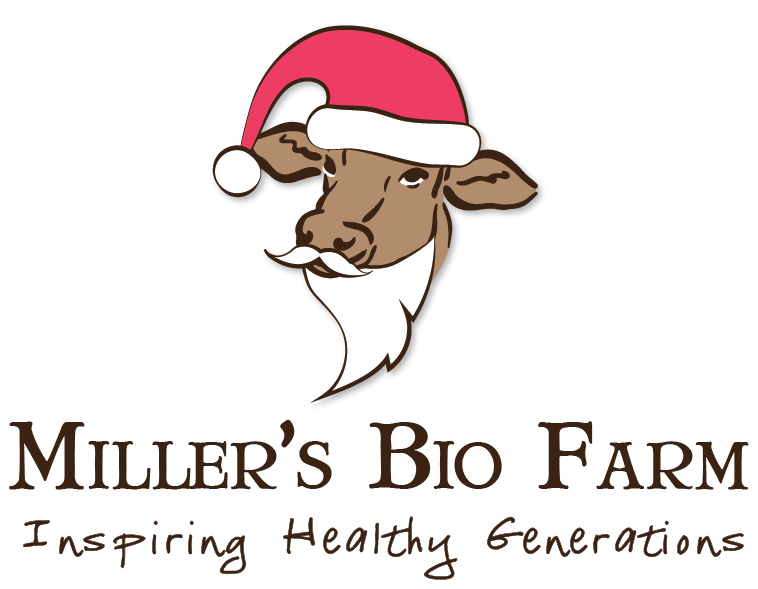Why butter is the most important cookie ingredient... and quality does matter!
posted on
December 17, 2021

It’s that time of year when cookies are abundant. What a yummy holiday treat! But… cookies can be tricky, and it’s such a disappointment when a cookie doesn’t come out as expected.
I’ve come to realize that a huge part of cookie success comes down to butter! The quality and handling of butter can make or break a cookie recipe, even one that’s tried and true.
Butter gives flavor, tenderness, and flaky layers to baked goods. It has a little liquid, which contributes to structure and rise. And, butter can enhance or inhibit gluten development, which in turn affects the shape, spread and texture of a cookie.
Here are some top cookie/butter questions answered:
Does the quality of butter affect the taste?
You may have heard the saying, “Fat is flavor.” It’s true!
When you get a high quality butter from 100% grass fed cows, you not only see the difference with the deep golden color but you also taste the difference with a boost of earthy, nutty flavor. You may not notice the complex flavor profile in cookies with strong flavors like cinnamon or coffee. However, quality butter does make a simple shortbread or sugar cookie shine.
Does butterfat matter?
Higher butterfat makes better cookies.
An average conventional American butter has an 80% butterfat content. Miller’s butter is more of a European-style butter with 82-86% butterfat. 2% may seem small, but it makes a BIG difference in quality, flavor, and texture. More butterfat means less water, and lower moisture makes cookies that rise higher, crisp more evenly, and have a nice flakiness.
Does unsalted vs. salted butter matter?
Always use unsalted butter in baking.
You see, baking is chemistry. And, since different companies add different amounts of salt to their butter, there’s really no way to accurately control the salt when you use salted butter. Salt is a flavor enhancer and is always a good addition to almost any food in moderation. But, when you have too much salt, it can affect the tenderness of the final product and mask delicate flavors, which is not good.
Why use softened, room temperature butter?
For incorporating air and creating the perfect cookie texture.
When butter is 70-72 F, it’s the perfect softness for beating and incorporating air but not soft enough that it will melt in the oven and result in flat cookies. This semi-soft butter also inhibits gluten development by the fat coating the proteins. The result is a cookie with a finer texture that’s not too chewy.
Why use melted butter?
For soft and chewy cookies.
When you melt butter for cookies, be sure to do it slowly. You don’t want to lose any moisture. Melted butter develops more gluten, which is why the end result is a chewy cookie. On the flip side, it can be hard to scoop cookie dough made with melted butter. For best results, scoop into rounds and chill before baking.
Why use cold butter for cookies?
For thicker, flakier cookies.
It’s not common, but In some cases, cold butter is best. It’s typically cubed and cut into dry ingredients. Cold butter is great for creating thick, flaky layers and stopping gluten development. Then, there’s the other situation like a sugar cookie, where you make a dough with room temperature butter and then chill the dough before baking, which prevents spreading and makes a nice shape.




